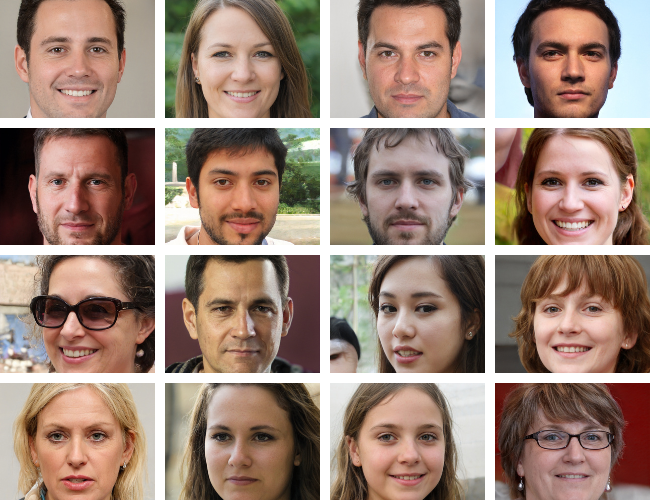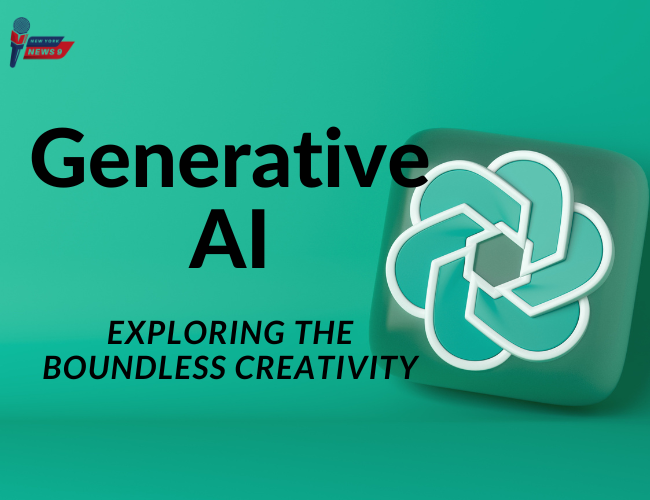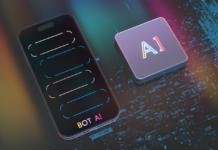Delve into the captivating world of generative AI, exploring its underlying concepts, notable techniques, and diverse applications.
In the realm of artificial intelligence, there is a fascinating subfield that has captured the imagination of researchers and enthusiasts alike: Generative AI. This remarkable branch of AI focuses on unlocking the potential for machines to create and generate new and original content. From paintings and music to poetry and even human-like text, generative AI pushes the boundaries of human creativity, offering exciting possibilities for innovation and expression.
Unleashing the Creative Power
At its core, generative AI aims to enable machines to learn from existing data and generate novel outputs that exhibit similar characteristics to the training data. By leveraging advanced algorithms and deep neural networks, generative AI systems become capable of producing realistic and imaginative content.
Generative Adversarial Networks (GANs)

Source: https://thispersondoesnotexist.com/
One of the prominent approaches within generative AI is the use of Generative Adversarial Networks (GANs). GANs consist of two interconnected neural networks: a generator and a discriminator. The generator generates synthetic data, while the discriminator attempts to distinguish between the generated data and real data from a training set. The generator progressively improves its ability to create realistic outputs through a competitive interplay, while the discriminator refines its ability to discern between real and synthetic content. This dynamic process results in the production of highly convincing and creative outputs. Generative Adversarial Networks offer several benefits and unique characteristics:
- High-Quality Outputs
GANs are known for their ability to generate high-quality outputs that closely resemble the training data. They often produce visually appealing images, coherent text, or realistic audio samples.
- Unsupervised Learning
GANs can perform unsupervised learning, meaning they can generate data without relying on pre-labeled examples. This makes GANs valuable when labeled datasets are scarce or when exploring the creative space.
- Versatility
GANs are highly versatile and have been successfully applied to various domains, including image synthesis, text generation, music composition, video generation, and more.
Applications of Generative AI
Content Generation
Generative AI, including models like ChatGPT, Google’s Bard, or Bing can help automate content generation in various fields. These AI models have the ability to analyze existing content, understand context, and generate text that aligns with specific requirements.
Visual Art and Design
Generative AI has brought a new dimension to visual arts and design. It has been helping create stunning and imaginative artwork, ranging from paintings and illustrations to digital graphics and 3D models. By training generative models on vast datasets of existing art and design elements, AI systems can produce unique compositions, pushing the boundaries of creativity and inspiring artists and designers.
Music Composition
Generative AI has opened doors for novel and inspiring music composition. AI models can analyze vast collections of music, identify patterns, and generate original melodies, harmonies, and rhythms. This technology has become a valuable tool for musicians, composers, and producers to explore new musical ideas, overcome creative blocks, and even collaborate with AI-generated music.
Virtual Worlds and Gaming
Generative AI has found its place in the realm of virtual worlds and gaming. AI algorithms can generate realistic landscapes, objects, and characters, bringing virtual environments to life. This technology enables game developers to automate and expedite the content creation process, resulting in more affluent and immersive gaming experiences.
Ethical Considerations and Challenges
As with any technology, the use of generative AI in content generation raises ethical considerations. Governments must ensure that AI-generated content does not infringe upon intellectual property rights, plagiarize existing work, or spread misinformation. Transparency is crucial, and users should be made aware if the content they encounter is generated by AI.
Furthermore, generative AI should be used responsibly to maintain the quality and integrity of content. Relying solely on AI-generated content without human input can risk losing the unique perspectives, nuances, and creativity that humans bring to the table.
Conclusion
Generative AI, exemplified by models like ChatGPT, Bard, or Bing has emerged as a powerful tool in automating content generation. From news articles and blog posts to social media captions and product descriptions, generative AI offers potential to streamline and expedite the content creation process. However, ethical considerations and human oversight are essential to ensure the production of accurate, high-quality, and engaging content. By balancing between AI-generated content and human creativity, we can harness the full potential of generative AI in content generation while preserving the integrity and authenticity of human expression.
By Bard











